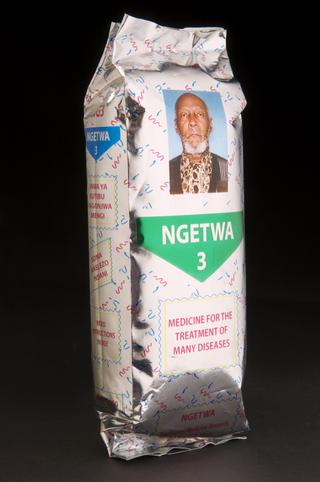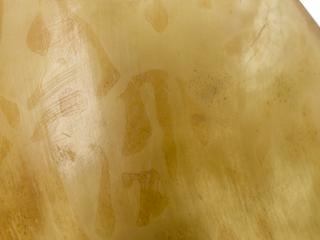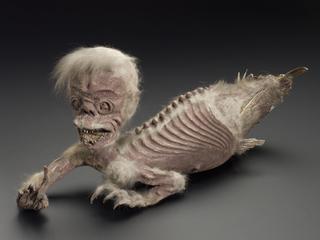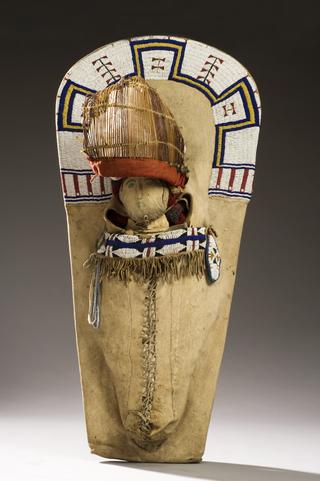




Metal button with embossed number 5, used as an amulet and believed to have been carried by a soldier during the First World War, from the Lovett collection, 1914-1918
The carrying of ‘lucky charms’ – as protective amulets against ill health and physical danger – is common in many cultures around the world. This small metal button, embossed with the number 5 was reputedly carried by a soldier, possibly fighting for Belgian forces, during the First World War, 1914-1918.
The amulet was bought for the Wellcome collection in 1930 from Edward Lovett’s (1852-1933) collection of British amulets and charms. Lovett was a collector who documented different medical traditions and beliefs.
Details
- Category:
- Ethnography and Folk Medicine
- Collection:
- Sir Henry Wellcome's Museum Collection
- Object Number:
- A79881
- Materials:
- brass
- type:
- protective amulet
- credit:
- Lovett Collection




